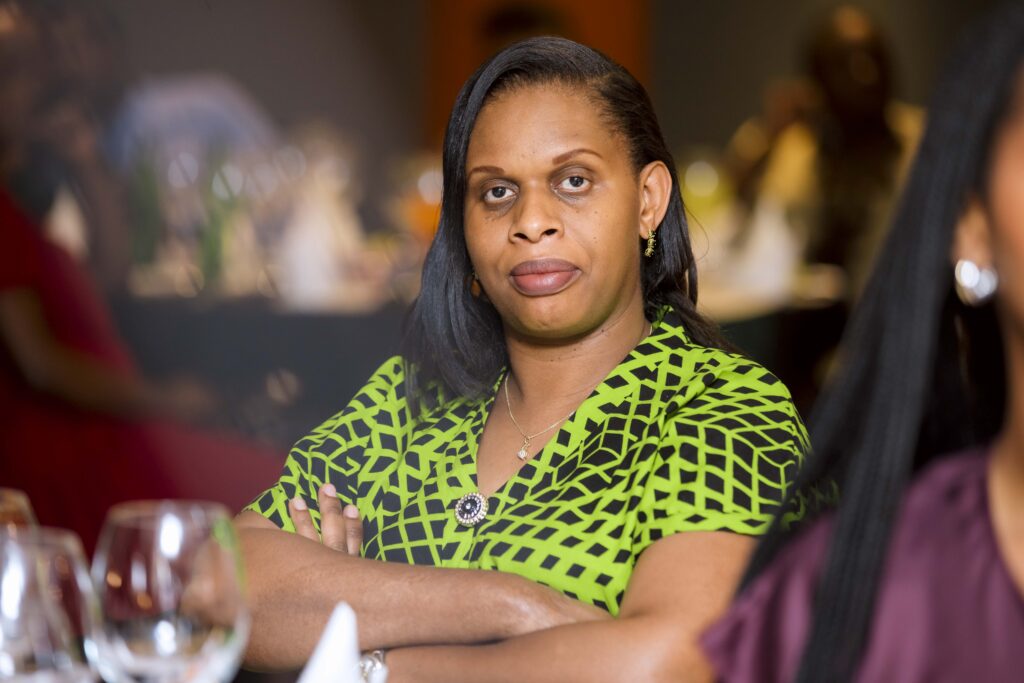Mental Health and Invisible Disabilities. -A Conversation with Justine Mukamwezi.

Conversation with Justine Mukamwezi. Clinical Director, Solid Minds Counselling Clinic.
Introduction: Tell us about yourself and why you chose a career in psychology. Tell us
about Solid Minds and the work they are doing with young people to support mental
health.
I’m a clinical psychologist with over a decade of experience supporting individuals across different
life stages, particularly youth and young adults. I was drawn to this field because of a deep desire
to walk alongside people through their pain and help them reclaim their potential. Mental health
is a critical foundation for thriving, yet it remains one of the most misunderstood and stigmatized
aspects of our wellbeing, especially in Rwanda and similar contexts.
2. What are some common misconceptions about mental health conditions and non-visible
disabilities in the workplace?
Many people still believe that mental health struggles are signs of weakness or personal failure.
One widespread myth is that if someone looks “fine,” they must be fine. Ignoring the reality of
invisible conditions like anxiety, PTSD, or chronic depression. Some also assume these challengesare rare or only affect certain types of people, which is untrue. Mental health issues affect people
across all professions and backgrounds.
3. How does stigma—both internalized and external—impact individuals experiencing
mental health challenges?
Stigma isolates. External stigma can lead to discrimination, exclusion from opportunities, and
misunderstanding from peers or supervisors. Internalized stigma is equally harmful; it can prevent
individuals from seeking help, cause shame, and lower self-worth. Together, they create a cycle
where people suffer in silence rather than getting the support they need.
4. What practical steps can leaders and team members take to create a psychologically safe
work environment?
Start by normalizing conversations around mental health. This can be as simple as including mental
well-being in team check-ins or making sure HR policies include psychological safety. Leaders
should model vulnerability and respect privacy while setting clear expectations for respect,
flexibility, and support. Training on mental health awareness is also critical.
5. How can managers foster open communication without overstepping personal
boundaries?
Managers should approach conversations with curiosity and compassion, not assumptions. Asking
open-ended, non-intrusive questions like “How can I support you today?” signals care without
pressure. It’s also important to reinforce that sharing is voluntary, and that confidentiality will be
respected.
6. What are some everyday tools or language shifts we can use to better support students and
colleagues struggling with mental health challenges?
Language matters. Replace “crazy” or “unstable” with “experiencing stress” or “going through a
hard time.” Encourage check-ins like “You’ve seemed a bit off lately, how are you doing?” instead
of judgmental remarks. Tools like peer-support groups, mental health first aid training, and access
to counseling services are also practical ways to provide support.
7. How can we offer help or accommodations if someone hasn’t disclosed a mental health
condition but seems to be struggling?
Focus on behavior, not assumptions. You can say something like, “I noticed you’ve seemed
overwhelmed, would you like to talk or take a break?” Offer flexible options without demanding
explanations. Respect their privacy while making it clear that support is available.
8. How can we effectively educate staff and scholars about mental health without
overwhelming or triggering them?
Use a trauma-informed approach: start small, create optional learning spaces, and provide contentwarnings when discussing heavy topics. Blend education with stories, tools, and hope. Normalize
learning about mental health the same way we do physical health, and always leave room for
reflection and processing.
9. What role does peer support play in building a more inclusive and understanding
environment?
Peer support is powerful. When people see others with lived experience sharing openly, it breaks
down stigma and creates safe spaces. Peer networks provide validation, shared language, and
practical strategies that professionals alone can’t always offer. I encourage peer-led conversations
as part of our holistic approach.
10. What is one thing every individual in this room can start doing today to reduce stigma
and create a more supportive environment?
Practice empathy. Make space for mental health in everyday conversations. If you hear someone
dismissing or mocking mental health issues, speak up. And most importantly, be gentle with
others, and with yourself. Stigma is reduced not just through policy, but through everyday kindness
and courageous conversations.
